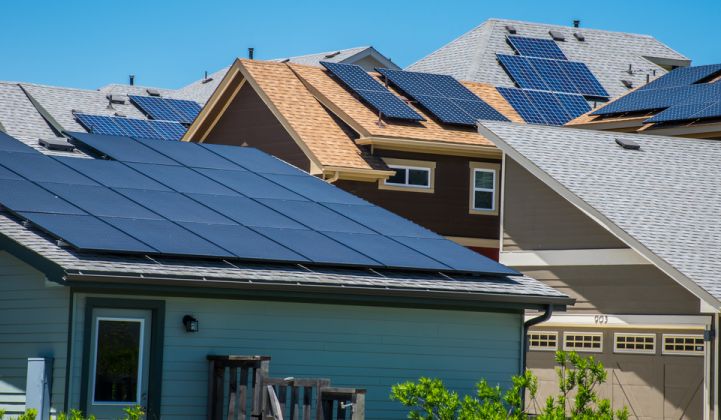The future of solar in New York will be guided by a Department of Public Service report set to be released in the next week.
The DPS staff report on the Value of Distributed Energy Resources will outline recommendations to the commission on how to do just that -- value the benefits that distributed resources like solar have to the electric grid, to the state, and to the environment. That’s a complicated calculation to make. This is especially true when even the electric utilities have little data about our complicated electric grid.
Still, it’s a calculation that a broad group of stakeholders -- utilities, clean energy industries, and environmental and consumer advocates -- have been working on for over a year with DPS staff. This process has focused on the broader roadmap to the state’s ambitious clean energy, solar and Reforming the Energy Vision goals.
We have been at the table throughout this process with one principal objective: to build consensus around an outcome that moves New York in the right direction for solar progress. More precisely, that direction means policies that offer fair and predictable compensation for customers’ solar investments.
To date, the gold standard for fair and predictable credits -- both in New York and across the country -- is retail net metering. Net metering has been the bedrock policy at least partially responsible for the remarkable growth of solar and a precipitous drop in solar prices in the U.S. Indeed, net metering will continue to be the most successful solar program in most of the country and for many customers in New York.
DPS should issue recommendations that recognize the benefits of distributed energy resources like solar and fairly compensate customers for their valuable investments. They must also ensure that customers can understand the economics of their energy system and make informed investment decisions. We need to acknowledge that we don’t yet have the data to quantify the full value of distributed energy resources, so we should begin to unpack these values while ensuring that clean, distributed energy continues to boom in New York.
Governor Cuomo and New York have a bold vision to generate half of the state’s electricity from clean energy and develop 3 gigawatts of solar -- a transition that will create tens of thousands of new jobs and spur millions of dollars in private investments along the way. Those goals are both ambitious and achievable -- but only with policies similar to net metering that give customers the confidence they need to bring those solar investments and solar jobs to the Empire State.
The stakes go far beyond the borders of New York; policymakers across the country are looking to the report that the DPS will release next week. Other states have launched grid modernization and value of solar initiatives modeled on New York’s REV program and are carefully watching the Cuomo administration’s progress in implementing its ambitious goals. If modeled correctly, the DPS could set the stage for policies across the country that enable a strong solar future and a reliable, modern electric grid.
***
Sean Garren is the Northeast regional manager at Vote Solar, a nonprofit organization seeking to make solar a mainstream energy resource.
Carlo Lanza is the president of New York Solar Energy Industries Association and president of Harvest Power, a New York-based solar installation company.



